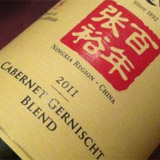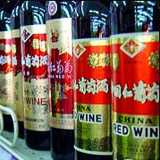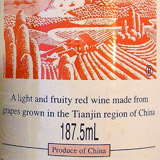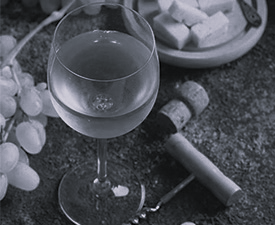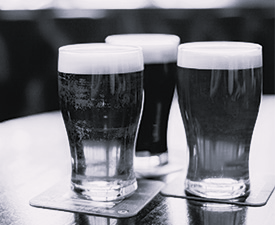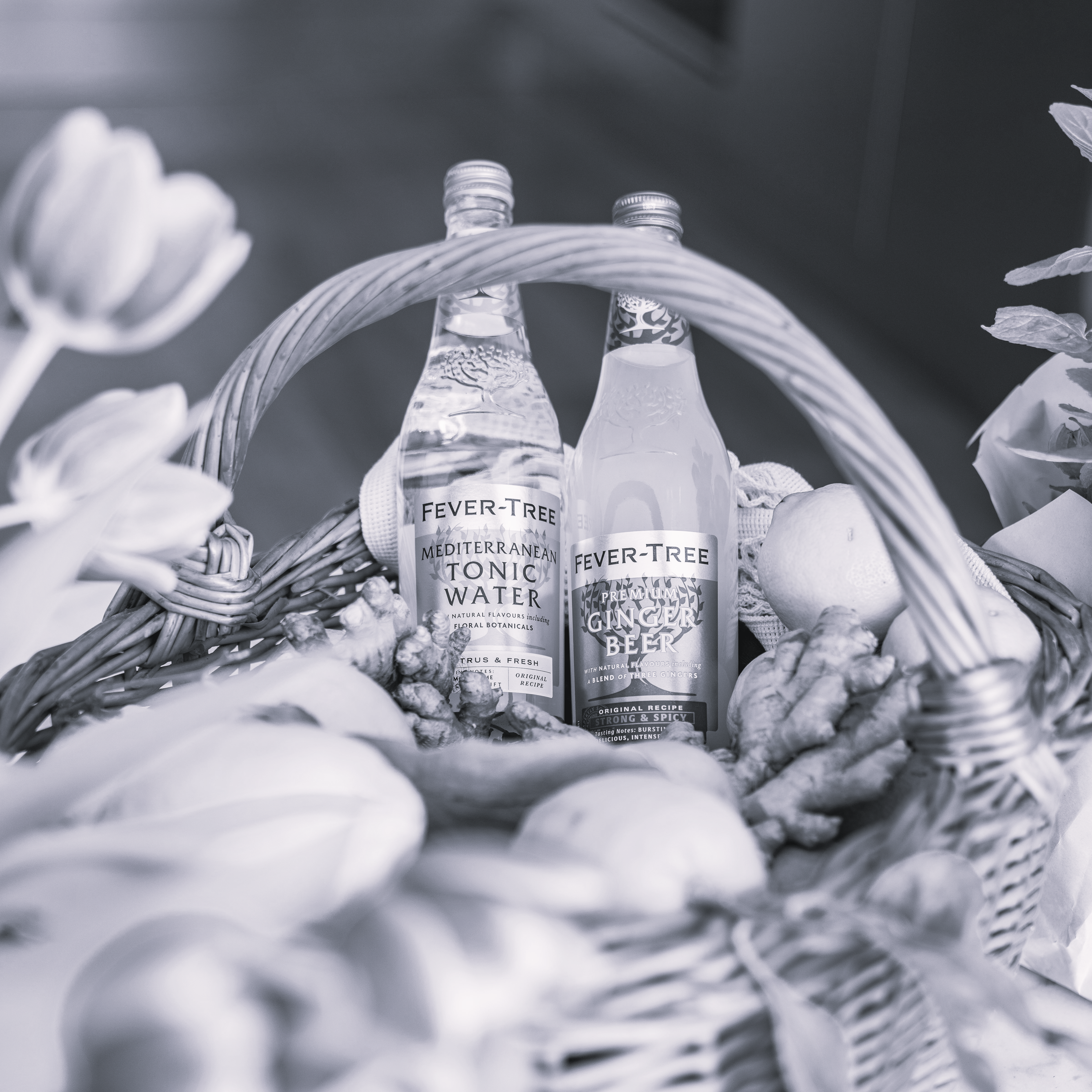The history of Chinese grape wine has been dated back more than 4,600 years. In 1995 a joint archeology team investigated two ancient sites 20km's to the northeast of Rizhao, and discovered the remains of a variety of alcoholic beverages including grape wine, rice wine, mead, and several mixed beverages of these wines. Out of more than two hundred ceramic pots discovered, seven were specifically used for grape wine, with grape seeds found.
China's Xinjiang region has an ancient history of viticulture going back to around the 4th Century BC, when Greek settlers brought the vine and more advanced techniques. The area around Turfan was, and still is, particularly noted for its grape wines, noted by Marco Polo, who wrote about Carachoco (his name for Turfan) produced fine grape wines.
Grape wine consumption was however replaced by a range of alcoholic beverages made from sorghum, millet, rice, and fruits such as lychee or plum. It was not until the Han Dynasty (206BC - 220AD) that the Chinese became reacquainted with the drinking of grape wines, and not until the Tang Dynasty (618AD - 907AD) that consumption of wine became more common.
In 1980, at the beginning of Chinese economic reform, Remy Martin ventured into China to set up the first joint-venture wine enterprise in Tianjin Province. However, most of its products were exported in the first two decades due to the low income of the local population, and it was not until after the year 2000 that the Chinese people had sufficient disposable income to support the domestic wine market. Other companies, including China Great Wall Wine Co., Suntime and Changyu, have also risen in prominence, and in 2005, 90% of grape wine produced was consumed locally - and 90% of all wine consumed in 2007 was red wine.
Prominent wine-producing regions include Beijing, Yantai, Zhangjiakou in Hebei, Yibin in Sichuan, Tonghua in Jilin, Taiyuan in Shanxi, and Ningxia. The largest producing region is Yantai-Penglai; with over 140 wineries, it produces 40% of China's wine.
